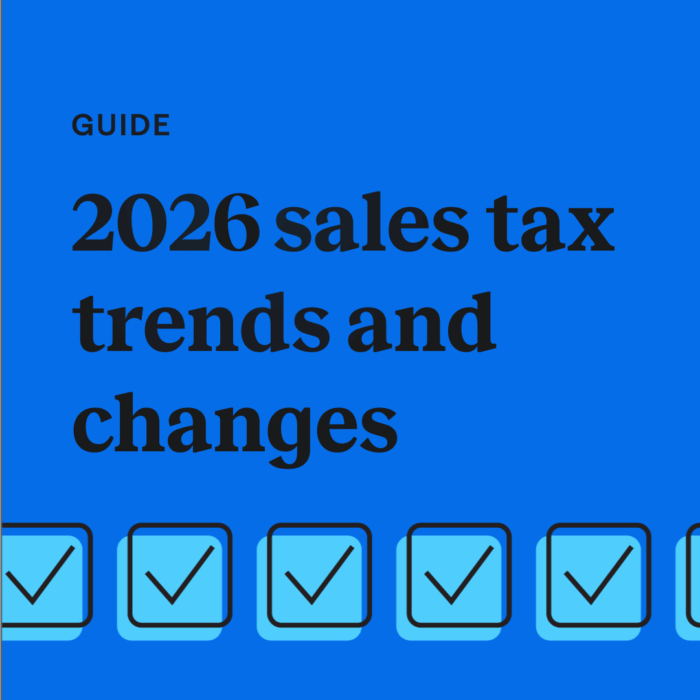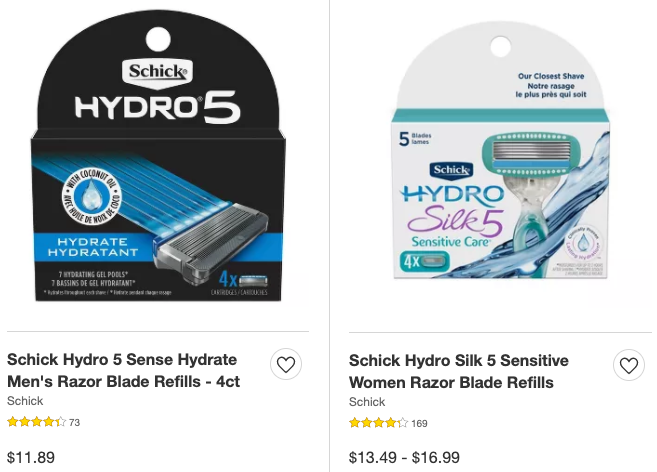What you need to know about the pink and tampon tax
by August 2, 2025
You might have heard people talking more over the last two years, on the subject of the “pink tax.” But what is it and what does it have to do with the tampon tax? Are they the same thing or something completely different? And what do I need to know when it comes to sales tax? If you’re a grocery business, women’s subscription service or e-commerce seller (like LOLA, Cora or Thinx) – this impacts you and your customers.
What is the pink tax?
The pink tax is the extra amount that women pay for everyday items such as razors, shampoo, haircuts, clothes, dry cleaning, etc. This is sometimes, but not always, a literal (sales) tax. More often than not, it takes the form of artificially elevated prices that women pay for the same product as men.
Also, packaging and/or the product itself is usually pink, hence the pink tax moniker.
Why are tampons taxed?
One controversial part of the pink tax is known as the tampon tax. This is a regular sales tax that’s applied to an item in a category generally considered “non-luxury necessities,” which are typically exempt from sales tax. Why is it controversial? Almost all U.S. states exempt non-luxury necessities such as groceries or prescriptions from sales tax, and yet almost all states charge tax on menstrual products, including pads and cups – despite that these items are considered a necessity by most women. To make it clear, women’s menstrual products are considered luxury necessities and are taxed as such.
What’s happening with the tampon sales tax?
The result is an organized push (Period Equity; Tax Free Period) to repeal the tampon tax, to change the law to treat these products like groceries and medical supplies – that they are necessities and should be tax-exempt. Lawmakers in many states are advocating to eliminate the tampon tax. Fourteen states and Washington, DC have succeeded so far – Connecticut, Florida, Illinois, Maryland, Massachusetts, Michigan, Minnesota, Nevada, New Jersey, New York, Pennsylvania, Rhode Island, Utah, and Ohio.
States are continuing to repeal tampon taxes in 2022. On February 3, 2022, Michigan Gov. Gretchen Whitmer signed into law that Michigan will not apply a 6% sales tax to menstrual products.
Which states have a tampon tax?
States that tax menstrual products
Arizona: Currently taxes menstrual products
Arkansas: Currently taxes menstrual products
Georgia: Currently taxes menstrual products
Hawaii: Currently taxes menstrual products
Idaho: Currently taxes menstrual products
Indiana: Currently taxes menstrual products
Kansas: Currently taxes menstrual products
Kentucky: Currently taxes menstrual products
Mississippi: Currently taxes menstrual products
North Carolina: Currently taxes menstrual products
North Dakota: Currently taxes menstrual products
Oklahoma: Currently taxes menstrual products
South Carolina: Currently taxes menstrual products
Tennessee: Currently taxes menstrual products
Utah: Currently taxes menstrual products, after many appeals (Source)
West Virginia: Currently taxes menstrual products
Wisconsin: Currently taxes menstrual products
Wyoming: Currently taxes menstrual products
States that don’t tax menstrual products
Alabama: Alabama has a sales tax exemption in place for menstrual and maternity products from September 1, 2025-August 31, 2028.
Alaska: Doesn’t have a state-wide sales tax. Menstrual products are tax-free.
California: Temporarily tax-free through 2022
Colorado: Beginning January 1, 2023, Colorado will exempt feminine hygiene products from sales tax. (Source)
Connecticut: Eliminated the tax in 2016
Delaware: Doesn’t have sales tax. Menstrual products are tax-free.
Florida: Eliminated the tax in 2018
Illinois: Eliminated the tax in 2016
Iowa: Beginning January 1, 2023, Iowa will exempt feminine hygiene products from sales tax.
Louisiana: Eliminated the tax in 2021 — goes into effect on July 1, 2022.
Maine: Eliminated the tax in 2019 (Source)
Maryland: State sales tax exemption includes feminine hygiene products (considered medical products)
Massachusetts: State sales tax exemption includes feminine hygiene products (considered medical products)
Michigan: Eliminated the tax in 2022
Minnesota: State sales tax exemption includes feminine hygiene products
Missouri: Eliminated the tax in May 2025
Montana: Doesn’t have sales tax. Menstrual products are tax-free.
Nebraska: Exempts menstrual products as of October 1, 2022
Nevada: Eliminated the tax in 2018
New Hampshire: Doesn’t have sales tax. Menstrual products are tax-free.
New Jersey: State sales tax exemption includes feminine hygiene products
New Mexico: Eliminated the tax in 2021 (Source)
New York: Eliminated the tax in 2016
Ohio: Eliminated the tax in 2019
Oregon: Doesn’t have sales tax. Menstrual products are tax-free.
Pennsylvania: State sales tax exemption includes feminine hygiene products
Rhode Island: Eliminated the tax in 2019
Texas: Eliminated the tax in 2023
Vermont: Eliminated the tax in 2021 (Source)
Virginia: Eliminated the tax in 2023 (Source)
Washington: Eliminated the tax in 2020 (Source)
Washington, DC: Eliminated the tax in 2016
Ready to automate sales tax? Sign up for a free trial of TaxJar today.









